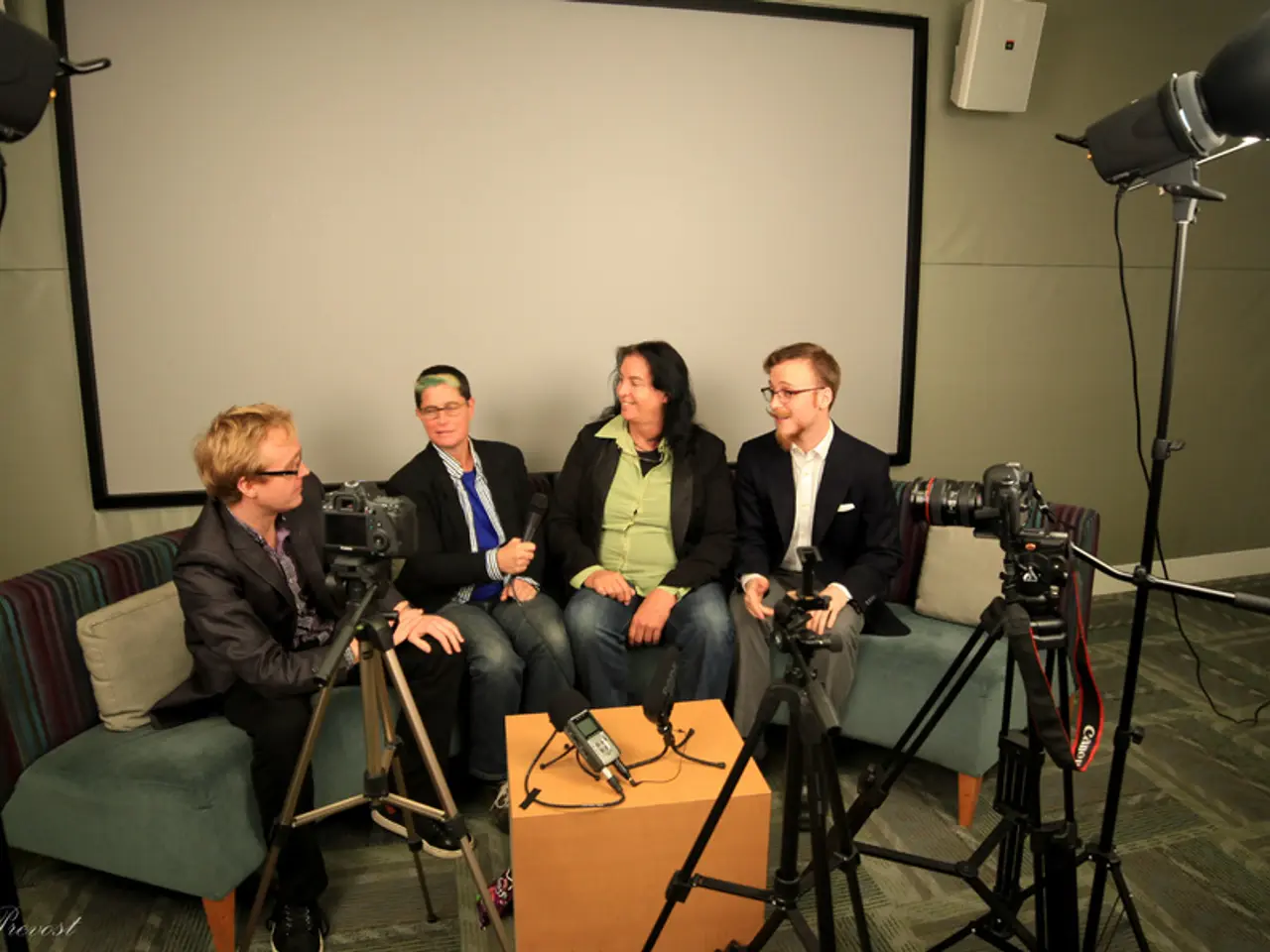Exploring the Intricacies of In-Page SEO Enhancement
In the digital marketing realm, on-page optimization plays a pivotal role in enhancing both the content and HTML source code of a webpage. This strategic approach aims to create an engaging, user-friendly experience that nurtures connections and fosters lasting relationships.
Effective on-page optimization begins with selecting the right keywords, crucial for enhancing online visibility. These keywords should be incorporated into title tags, meta descriptions, and the body of the content, ensuring they are concise, informative, and reflect the page's content accurately.
Title tags, serving as the headline in search engine results, should contain the target keyword and be around 60 characters long. Meta descriptions, on the other hand, should summarise the page's content in around 150 characters, encouraging clicks. Including the target keyword within the first 100 words of content helps search engines quickly understand the page's relevance.
Header tags help break content into readable sections and signal hierarchies of information both to users and search engines. Using appropriate header tags (H1 to H6) with keywords helps structure the content effectively.
Internal links, typically 3-5 per page, help users discover related content, increasing engagement and session duration. External links to reputable sources also improve site authority. Optimized URLs with clean structure and keyword usage enhance both SEO and user navigation.
Optimizing images with descriptive alt text improves visual engagement and accessibility. It's essential to test website speed regularly for optimal performance, as page loading speed significantly impacts user experience.
Embracing responsive design for mobile compatibility is crucial, ensuring your website adapts seamlessly across devices. Regularly reflecting on the evolving nature of language and consumer behaviours is also important, as it allows you to adapt your content strategy accordingly.
By implementing these on-page optimization tactics, you can create a user-friendly and engaging online experience. This approach ensures that content is relevant, well-structured, accessible, and fast-loading, directly aligning with user needs and expectations while satisfying search engine algorithms.
In conclusion, thoughtful headers guide readers through the material smoothly, while compelling meta descriptions can significantly boost click-through rates. Long-tail keywords present lower competition and draw in a more specific audience, and images are selected to enrich the content without distracting readers. By optimizing technical aspects such as page loading speed and ensuring mobile compatibility, you can transform communication in the digital age, crafting high-quality content that engages readers and fosters connections.
- In the realm of education-and-self-development, smart systems that employ AI can automate repetitive tasks, allowing users to focus on research and innovation.
- Recent advancements in smart glass technology offer intriguing smart lifestyle solutions, capable of displaying information transparently.
- By integrating AI-driven automation, research institutions can streamline their data handling processes efficiently, enabling them to focus on groundbreaking discoveries.
- Incorporating AI into the current on-page optimization strategies could revolutionize the future of digital marketing.
- With the continuous evolution of technology, education institutions can benefit from innovative AI-enhanced tools, fostering a conducive learning environment for students.




